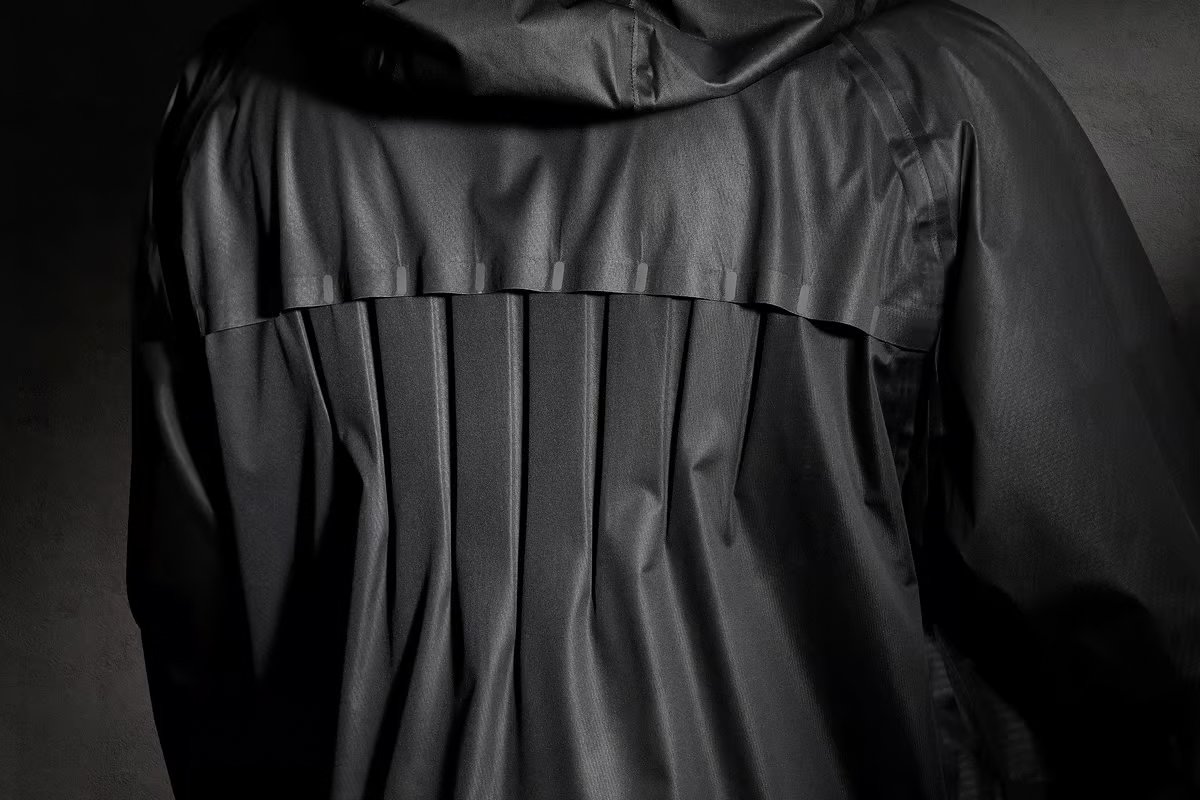Unlocking the Future of Sportswear: Shape Memory and Programmable Materials
Two global leaders in sportswear are quietly exploring these next-generation materials and their potential application in apparel.
In particular, there is a focus on two material groups — shape memory and programmable materials — that are changing the way we think about how textiles perform, opening exciting new opportunities for how we interact with our gear. These advanced material types are set to change how sportswear performs, adapts to wearers, reacts to environmental conditions, and the shape of future garments themselves.
Bringing us closer to a new era of smart, functional apparel, opening the door to new dynamic materials and products that can alter their appearance in real-time.
Shape Memory Materials: A Game-Changer for Performance
Shape memory materials (SMMs), like shape memory alloys and polymers, can "remember" and return to a set shape when triggered by things like heat or light. Once used in aerospace and medical fields, they’re now breaking into sportswear, where they respond to real-world conditions.
How It Works in Sportswear
These materials can adapt insulation levels to your needs in real-time. Imagine a jacket that automatically adjusts the amount of loft and warm air trapped next to the body based on your thermal comfort. Adaptive Heat Project
What’s Next?
In the future, we could see protective gear like helmets or pads that adjust to impact for better protection, or posture-correcting clothing that returns to its optimal shape after intense use.
Programmable Materials: Smarter, More Responsive Gear
Programmable materials take it up a notch by allowing designers to create products that react intelligently to things like temperature, movement, or environmental changes. These materials could alter their stiffness, shape, or even insulation based on what’s needed.
Nike Aerogami Jacket 2024
In Sportswear
Think of a bra that adjusts its level of support based on the amount of breast motion being generated by the wearer while running. Programmable materials open the door for real-time, responsive gear. Rhoen Labs Smart Bra
Rhoen Labs x adidas 2023
Sustainability Bonus
Both shape memory and programmable materials also move the needle on the issue of sustainability. By creating gear that can adapt to multiple conditions, we reduce the need for different products and cut down on waste. This added utility and reduced need for multiple garments move toward a more eco-friendly consumption.
Challenges and the Road Ahead
Of course, there are some challenges to adopting these technologies. Cost and durability are big concerns, as these materials are still expensive to produce. However, as more brands experiment with them, costs are expected to drop, and durability will improve.
Shape memory and programmable materials are driving the future of sportswear. They offer adaptability, performance boosts, and sustainability, making them a powerful tool for innovation. Now is the time for brands to embrace these materials and use them to stand out in a crowded market — while also meeting the demand for smart, sustainable products.
Conclusion
The Art and Science of Flex | Daniel Widrig
Shape memory and programmable materials are paving the way for the future of sportswear. By offering unprecedented levels of adaptability, performance enhancement, and sustainability, these materials are set to revolutionize how we design and use sports gear. For innovation professionals, now is the time to explore these materials as strategic tools that can differentiate brands in a competitive market, while also addressing the demand for eco-conscious design.
As we look ahead, the evolution of sportswear is just beginning. These advanced materials hold the key to creating the next generation of high-performance, sustainable, and intelligent apparel — a future where gear not only supports athletes but also responds and evolves with them.




